Vegan Globetrotter is supported by our audience. When you purchase through one of our links, we may earn a small affiliate commission. As an Amazon Associate I earn from qualifying purchases. Your cost is not affected.
==================
Vegan food with the highest fiber is a crucial component of a healthy diet, particularly for those following a vegan lifestyle. Adequate fiber intake supports digestive health, helps regulate blood sugar levels, and can reduce the risk of chronic diseases such as type 2 diabetes and heart disease. Vegan diets, which exclude animal products, can be naturally high in fiber as they are often rich in fruits, vegetables, whole grains, legumes, nuts, and seeds. Understanding which vegan foods offer the most fiber can help individuals meet their daily nutritional requirements and maintain a balanced diet.
The benefits of consuming high-fiber foods, including vegan foods with the highest fiber, are manifold, and planning a vegan diet that incorporates a variety of these can optimize overall health. Not only does fiber offer a feeling of fullness, which assists in weight management, but it also plays a role in cholesterol management and intestinal health. Tailoring a vegan diet to integrate a diverse range of high-fiber foods can ensure that both soluble and insoluble fibers are consumed, each offering unique health benefits.
Key Takeaways
- Fiber is essential for overall health and well-being, especially in a vegan diet.
- A diverse range of high-fiber vegan foods contributes to digestive health and disease prevention.
- Vegan diets rich in high-fiber foods can provide both soluble and insoluble fiber
Importance of Fiber in a Vegan Diet
Fiber plays a pivotal role in maintaining a healthy vegan diet. Its benefits are wide-ranging, affecting various aspects of digestive and cardiovascular health. In a vegan diet, fiber is abundant and comes from plant-based sources, which include fruits, vegetables, legumes, grains, nuts, and seeds.
Firstly, fiber contributes to digestive health by aiding in regular bowel movements and preventing constipation. It adds bulk to the stool and facilitates smoother passage through the colon. A fiber-rich diet has also been linked to a lower risk of developing colorectal cancer.
Secondly, soluble fiber, found in foods like oats and flaxseeds, helps to lower cholesterol levels. It does so by binding with cholesterol particles and removing them from the body. By promoting a healthy lipid profile, fiber reduces the risk of heart disease.
In addition, fiber has a role in weight management. High-fiber foods tend to be more filling and less energy-dense, which means they have fewer calories for the same volume of food. They also take longer to eat and delay the return of hunger, which can help with reducing overall calorie intake.
Furthermore, for vegans, getting a variety of fiber types is important to feed the beneficial bacteria in the gut. A balanced gut microbiota is crucial for proper immune function, nutrient absorption, and even mental health.
Fiber-Rich Vegan Foods Typical Fiber Content Lentils 15.6g per cup Chickpeas 12.5g per cup Quinoa 5.2g per cup Chia Seeds 10.6g per ounce Raspberries 8g per cup
Ingesting a variety of these foods can ensure that one’s diet is replete with the necessary fiber to support these health benefits.
Food With the Highest Fiber: Vegan Diet
In a vegan diet, fiber is a crucial component for digestive health. Foods such as legumes, whole grains, and vegetables are among the most abundant sources, providing a variety of soluble and insoluble fibers.

Photo by Shelley Pauls on Unsplash
Legumes and Beans
Legumes and beans are powerhouses of nutrition, offering high levels of fiber that aid in digestion and satiety. For instance, haricot beans supply about 11 grams of fiber per 80g serving, making them a stellar option for fiber intake. They can be easily incorporated into meals such as stews and are a staple in the popular baked beans dish.
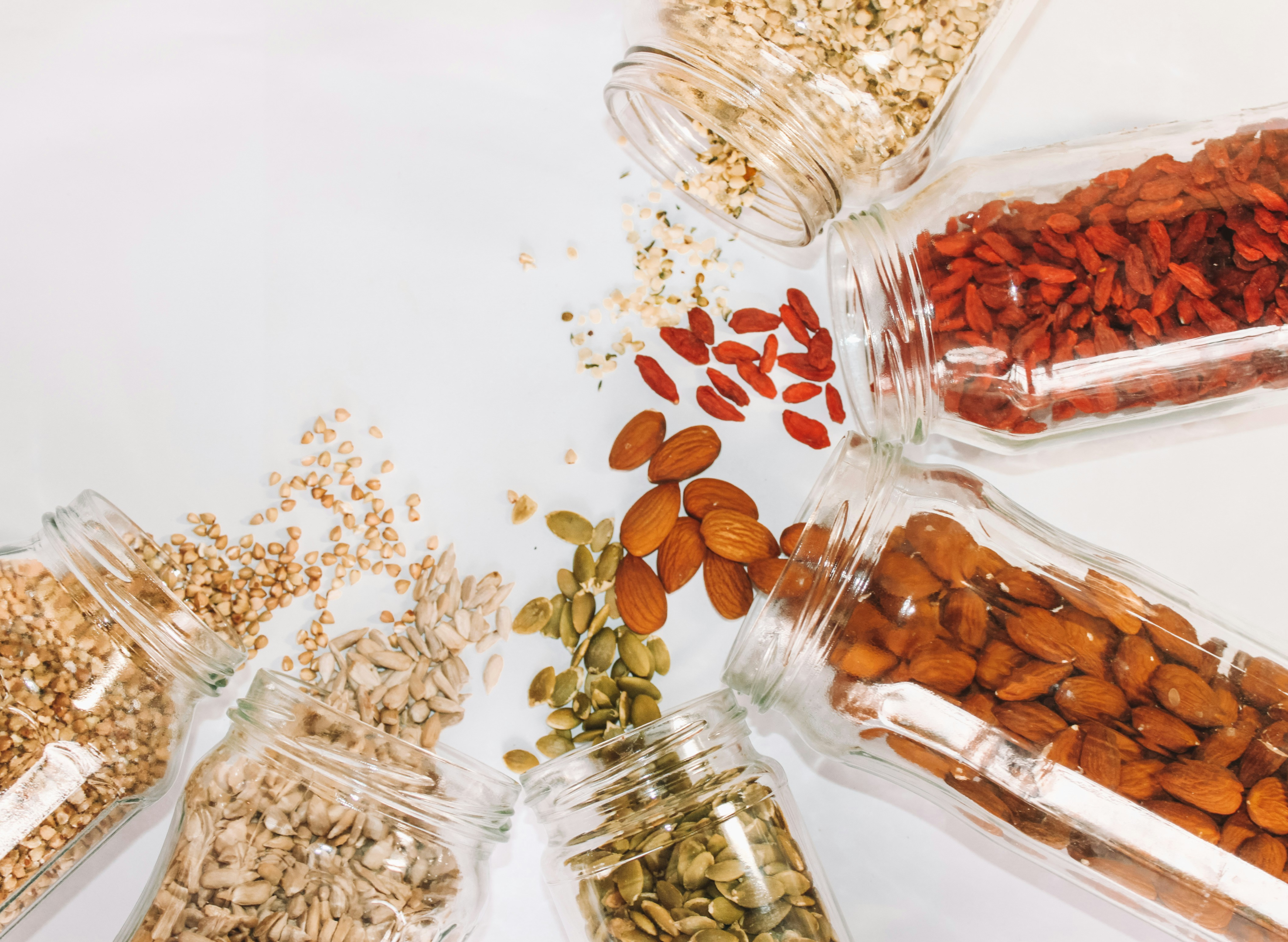
Photo by micheile henderson on Unsplash
Whole Grains
Whole grains are an integral part of a high-fiber vegan diet, with options like rye, oats, and buckwheat groats. A serving of whole grains like rye grain can greatly contribute to daily fiber requirements, essential for maintaining gastrointestinal health.
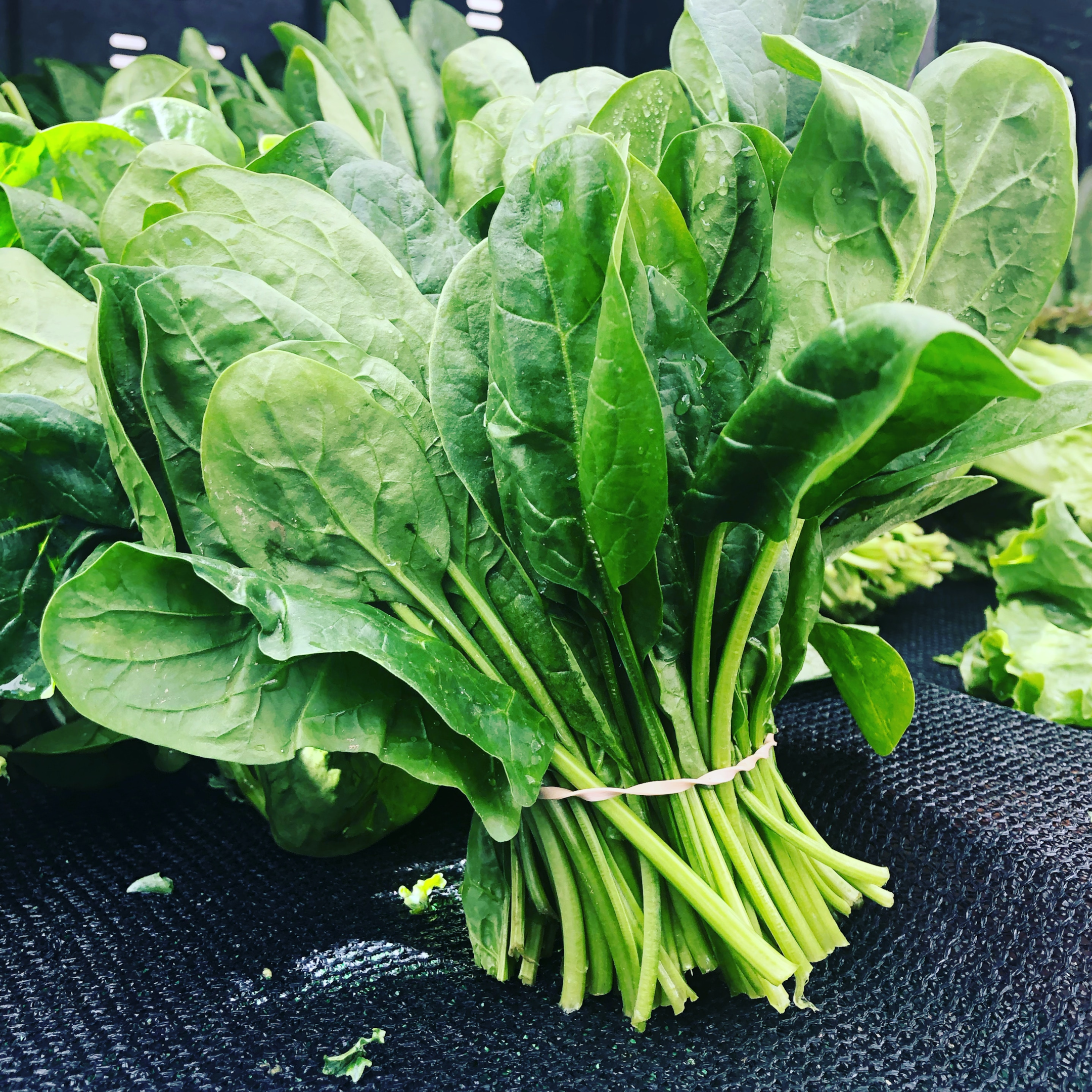
Photo by Elianna Friedman on Unsplash
Vegetables
Vegetables offer a rich source of fiber, with options like spinach, potatoes, and various others adding both soluble and insoluble fiber to a person’s diet. For example, white potatoes are not only versatile in recipes but also provide a healthy dose of fiber.
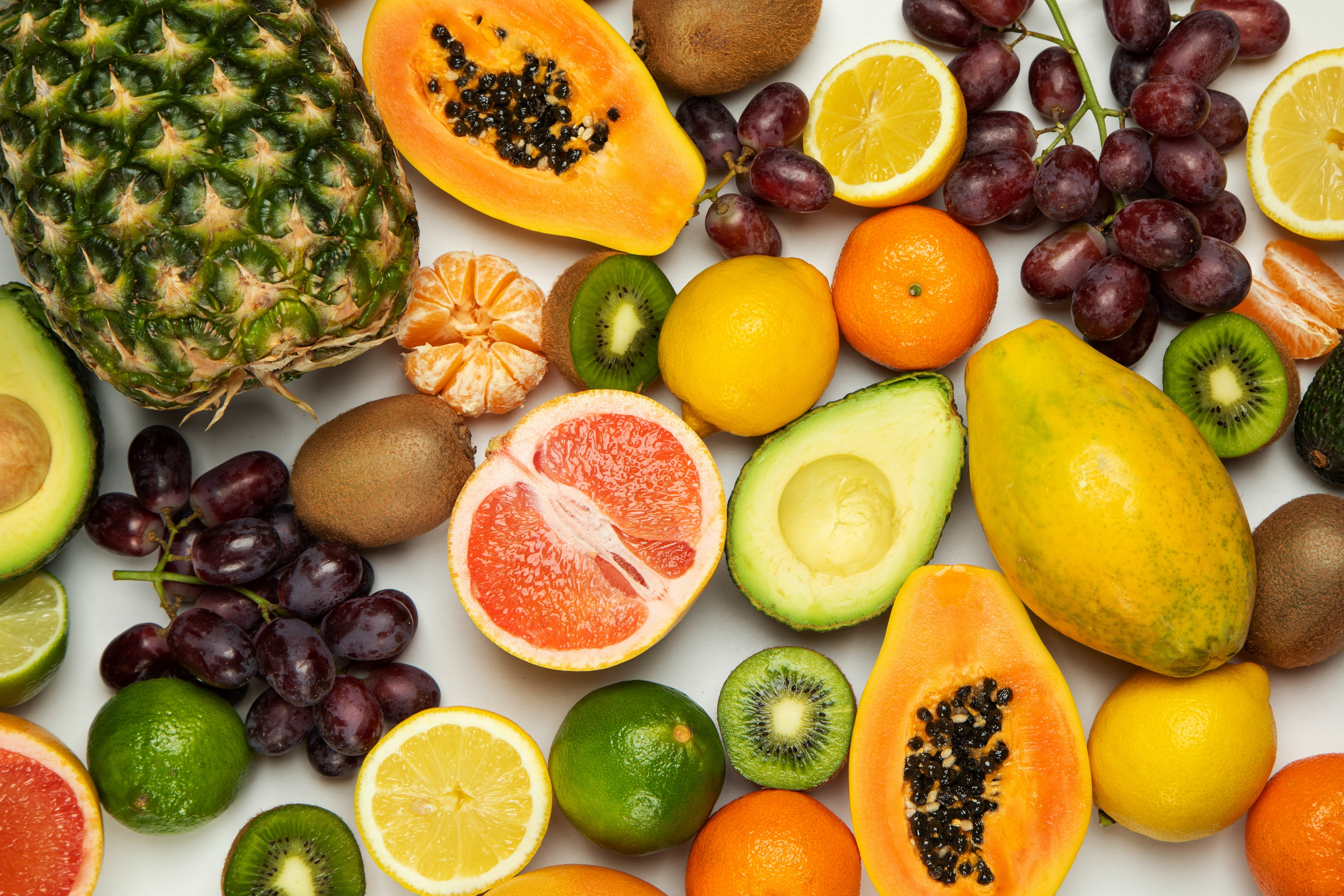
Photo by Julia Zolotova on Unsplash
Fruits
Fruits not only add sweetness and variety to a vegan diet but also bring essential fiber to the table. With a range such as bananas, apples, and berries, the dietary fiber from fruits supports overall digestive well-being.

Photo by Maddi Bazzocco on Unsplash
Nuts and Seeds
Finally, nuts and seeds are an excellent source for adding fiber to the diet. They can be enjoyed as snacks or garnishes, packing both nutrition and crunch. Chia seeds, in particular, are rich in fiber, among other nutrients, with a versatility that fits into many recipes.
Fiber Content Comparison
Evaluating the fiber content of various vegan foods is crucial for a balanced diet. This comparison will precisely quantify the fiber found in common plant-based food categories.
Comparing Legumes
Legumes are a powerhouse when it comes to fiber content. For instance, black beans offer around 15 grams of fiber per cup, whereas lentils provide about 16 grams per cup. These values showcase legumes as an excellent source of both soluble and insoluble fiber.

Photo by Evi Radauscher on Unsplash
Whole Grains vs. Refined Grains
Whole grains retain their bran and germ, resulting in a higher fiber content compared to their refined counterparts. A cup of cooked quinoa has approximately 5 grams of fiber, contrary to 2 grams for a cup of cooked white rice. The fiber in whole grains not only aids digestion but also helps with satiety.
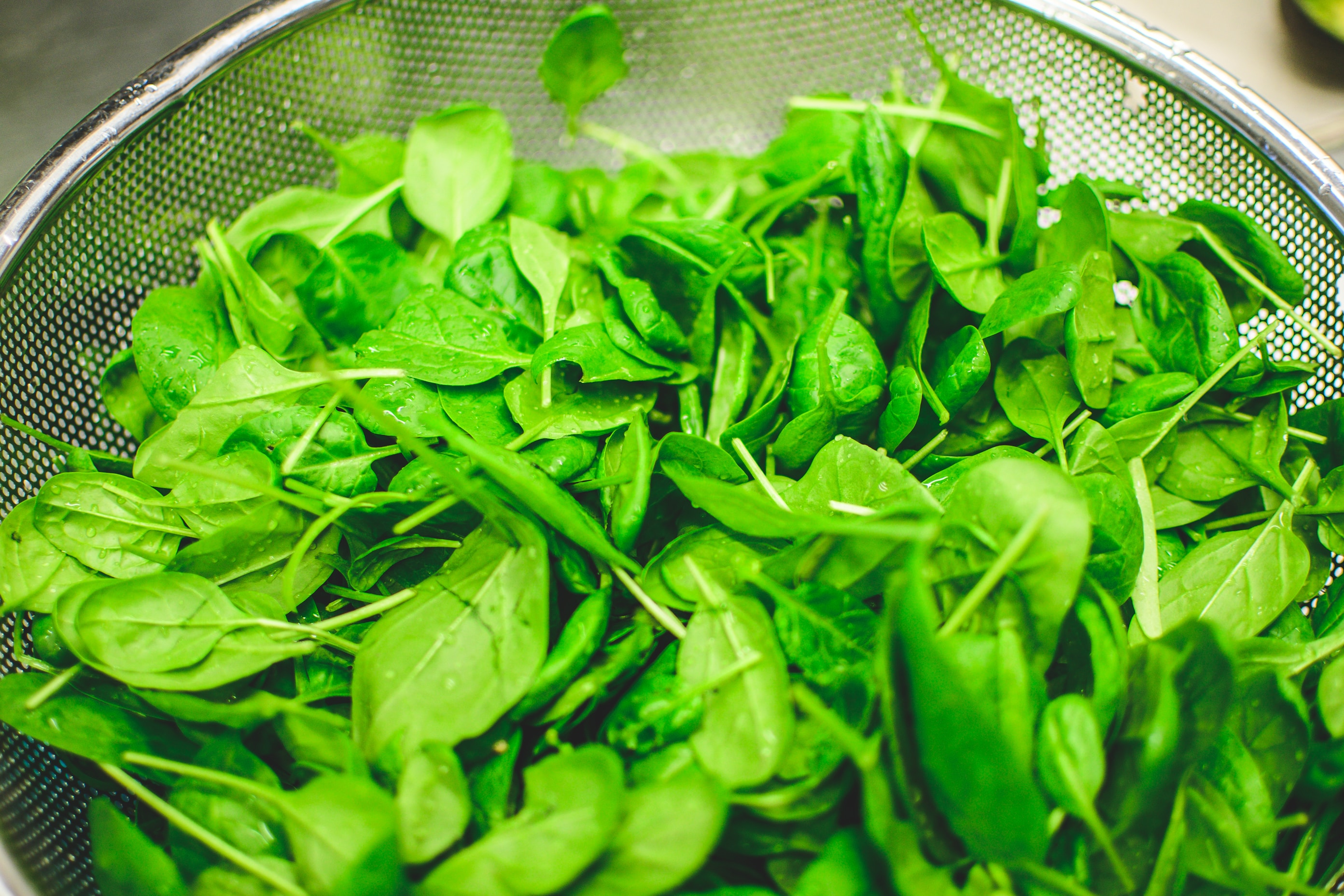
Photo by Pille R. Priske on Unsplash
Leafy Greens vs. Root Vegetables
Although both leafy greens and root vegetables contribute to fiber intake, root vegetables tend to be denser in fiber. For example, a cup of cooked spinach contains about 4 grams of fiber, whereas a medium baked sweet potato contains roughly 5 grams. These figures illustrate that incorporating a variety of vegetables can enhance fiber intake.
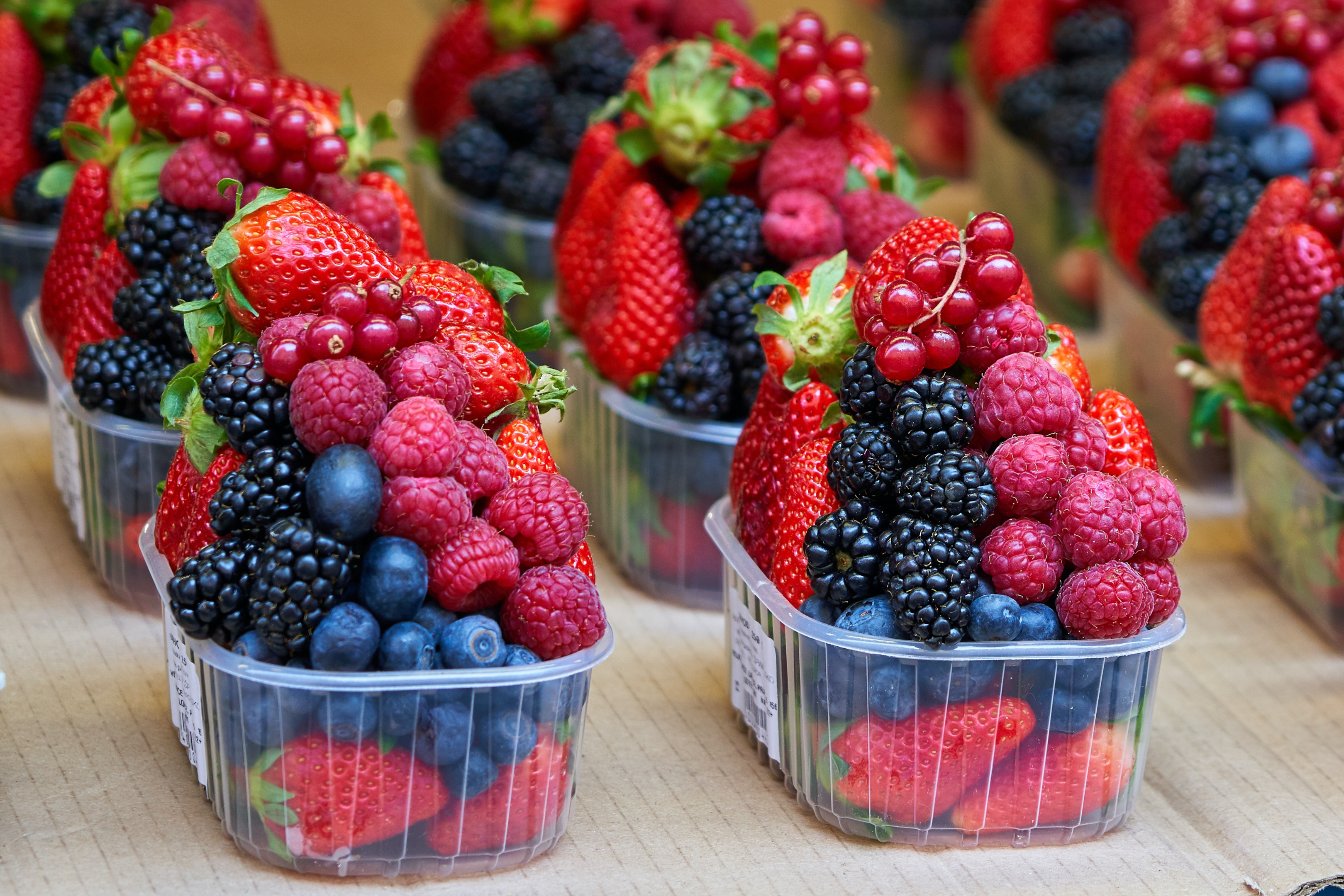
Photo by Timo Volz on Unsplash
Tropical Fruits vs. Berries
Tropical fruits and berries are both reputable sources of fiber. A medium mango provides around 3 grams of fiber, but a cup of raspberries boasts about 8 grams, making berries an exceptional choice for a fiber-rich snack.
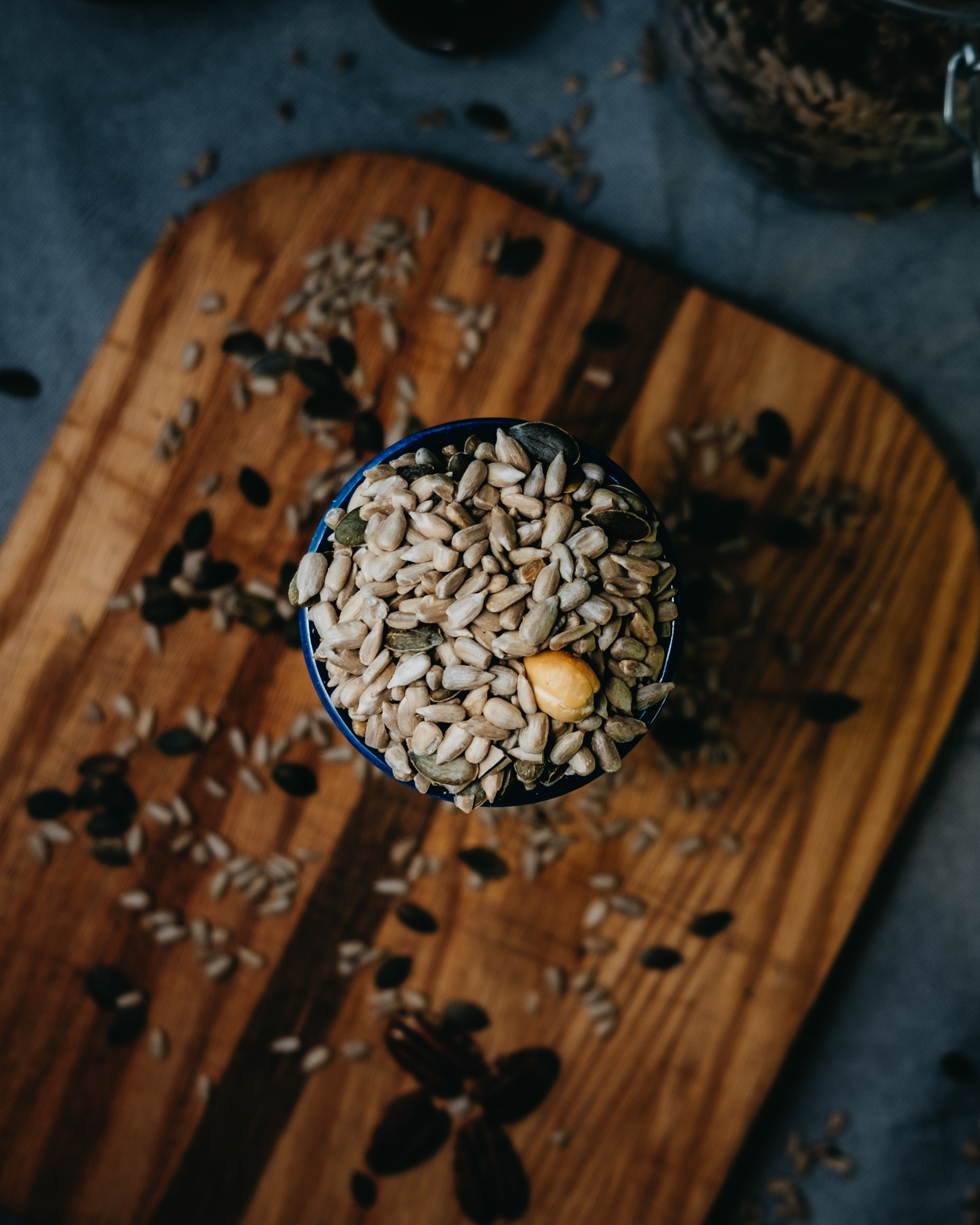
Photo by Cathal Mac an Bheatha on Unsplash
Seeds vs. Nuts
Seeds can sometimes exceed nuts in fiber content. Chia seeds contain about 10 grams of fiber per ounce compared to almonds which offer 3.5 grams per ounce. Including a variety of seeds and nuts in one’s diet can contribute significantly to meeting daily fiber requirements.
Incorporating High-Fiber Foods into a Vegan Diet
Introducing a variety of high-fiber vegan foods into one’s diet can significantly enhance health benefits. The key is not just adding fiber, but diversifying the sources to maximize nutritional value.
Breakfast Ideas for Food With the Highest Fiber Results
Start the day with a nutrient-rich meal, such as a bowl of oatmeal topped with berries and ground flaxseeds, both excellent for a fiber-rich morning. Alternatively, try rye grain porridge for a hearty and satisfying option.
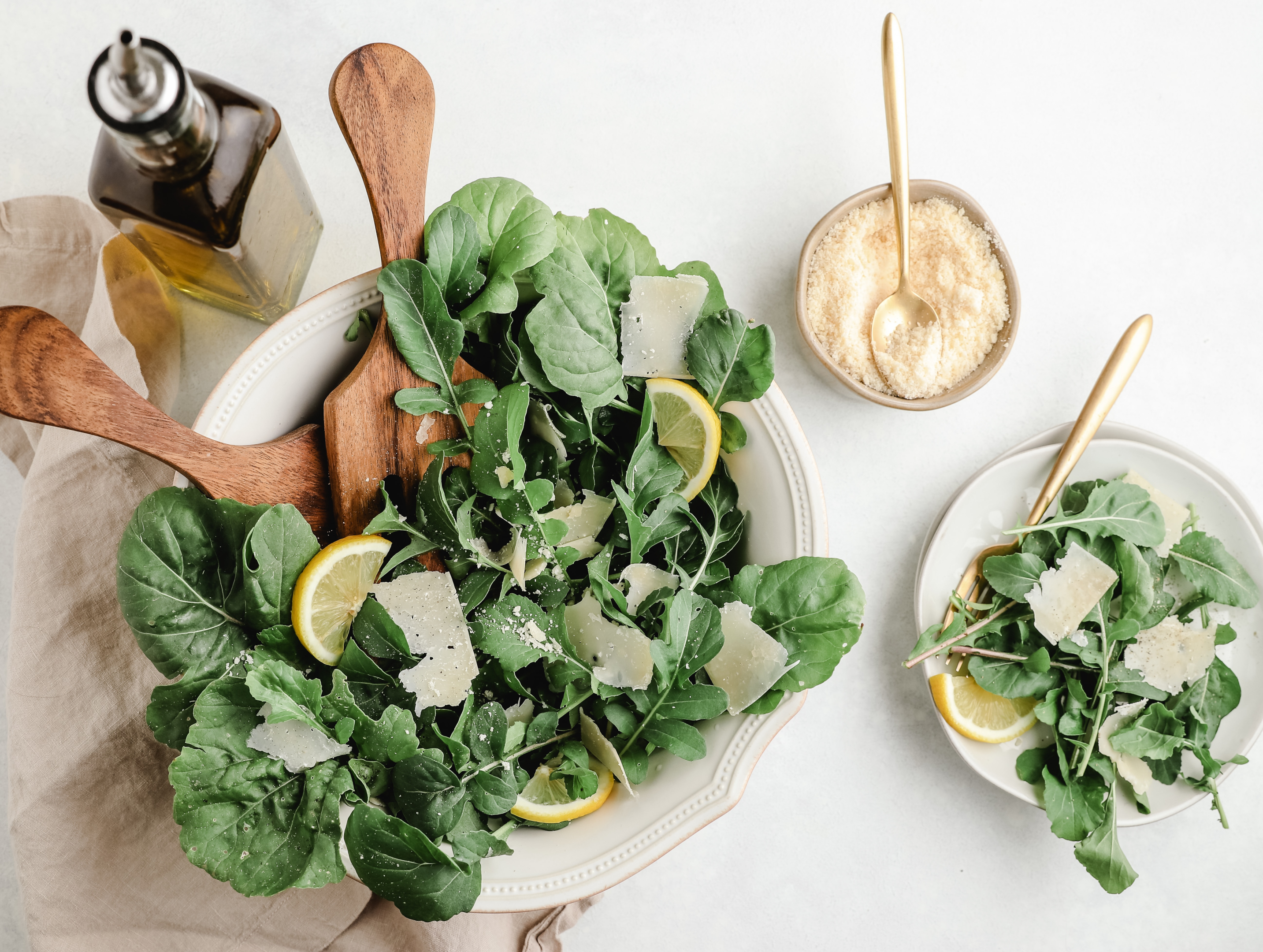
Photo by Leigh Skomal on Unsplash
Lunch Ideas for Food With the Highest Fiber Results
Lunch could include a vibrant spinach salad with chickpeas and an assortment of vegetables like bell peppers and carrots, drizzled with a hummus-based dressing. For a warming dish, opt for a bowl of lentil soup packed with fiber-filled legumes and vegetables.
Dinner Ideas for Food With the Highest Fiber Results
For dinner, serve a base of whole-grain rice alongside stir-fried tempeh and a mix of fiber-rich vegetables such as broccoli and brussels sprouts. Experiment with quinoa or buckwheat as alternative grains to keep meals interesting and nutritionally diverse.
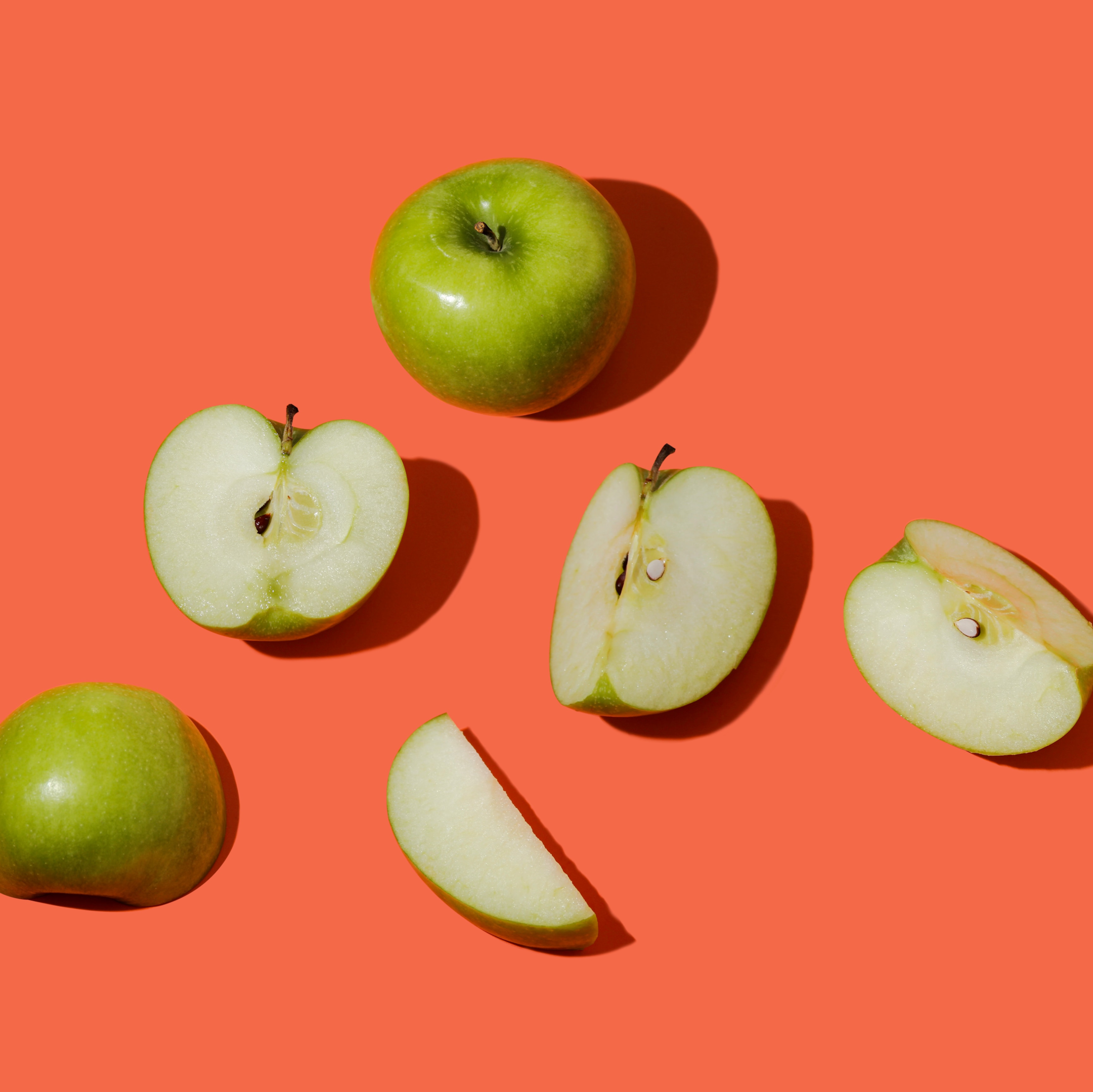
Photo by Estúdio Bloom on Unsplash
Snacks and Desserts
For snacks, embrace whole fruits like apples and pears, which are not only sweet and satisfying but also high in fiber. When it comes to desserts, indulge in a blueberry-banana smoothie with chia seeds, or snack on dried figs or dates to satisfy a sweet tooth and boost fiber intake.
Health Benefits of Fiber
Fiber is a plant-based nutrient vital to digestive health and has several other health benefits. There are two types of dietary fiber: soluble and insoluble. Soluble fiber dissolves in water and can help lower glucose levels as well as blood cholesterol. Foods high in soluble fiber include oats, peas, beans, apples, and citrus fruits. Insoluble fiber, found in foods like whole wheat flour, wheat bran, nuts, and vegetables, aids in the movement of material through the digestive system and increases stool bulk.
A diet rich in fiber can aid in achieving a healthy weight by promoting a sense of fullness, which can reduce overall calorie intake. Additionally, fiber-rich foods require more chewing, giving one’s body time to register that they are no longer hungry, thus helping to control appetite.
Regular consumption of fiber may reduce the risk of developing various diseases. It’s associated with a lower risk of heart disease, aided by its potential to reduce blood pressure and inflammation. Research also links high fiber intake with a reduced risk of type 2 diabetes.
A high-fiber diet supports gut health by helping to maintain a healthy balance of bacteria in the colon, which is crucial for digestion, nutrient absorption, and the immune system. Adequate fiber intake also helps to prevent constipation, ensuring regular bowel movements and contributing to the health of the digestive tract.
Daily Fiber Intake Recommendations
The recommended daily intake of fiber varies depending on age and gender. For adult women, the suggestion is to consume around 25 grams of fiber per day, while adult men should aim for 38 grams. These figures are based on dietary guidelines which indicate optimal intake for health.
Table 1. Daily Fiber Intake Guidelines
Gender Age Recommended Fiber (grams/day) Women 19-50 25 Men 19-50 38 Women 51+ 21 Men 51+ 30
These guidelines can be achieved through a well-planned vegan diet. Plant-based diets are inherently rich in fiber, but it’s advised to eat a variety of foods to obtain a good balance of both soluble and insoluble fiber. Soluble fiber, found in foods such as oats and apples, is beneficial for heart health and blood sugar regulation. Insoluble fiber, present in whole grains and vegetables, aids in digestion and prevents constipation.
An individual’s fiber needs may be higher or lower based on specific health concerns or dietary restrictions. It is crucial to consider personal digestive tolerance to fiber and adjust intake accordingly. In general, a gradual increase in fiber, accompanied by sufficient water intake, is recommended to avoid gastrointestinal discomfort.
For a detailed chart on how different vegan foods contribute to these fiber goals, consider the comprehensive guide on Lettuce Veg Out discussing fiber intake on vegan diets. It’s essential to not only reach the fiber goals but to achieve them through varied food sources for a balanced nutrient profile.
Challenges and Considerations
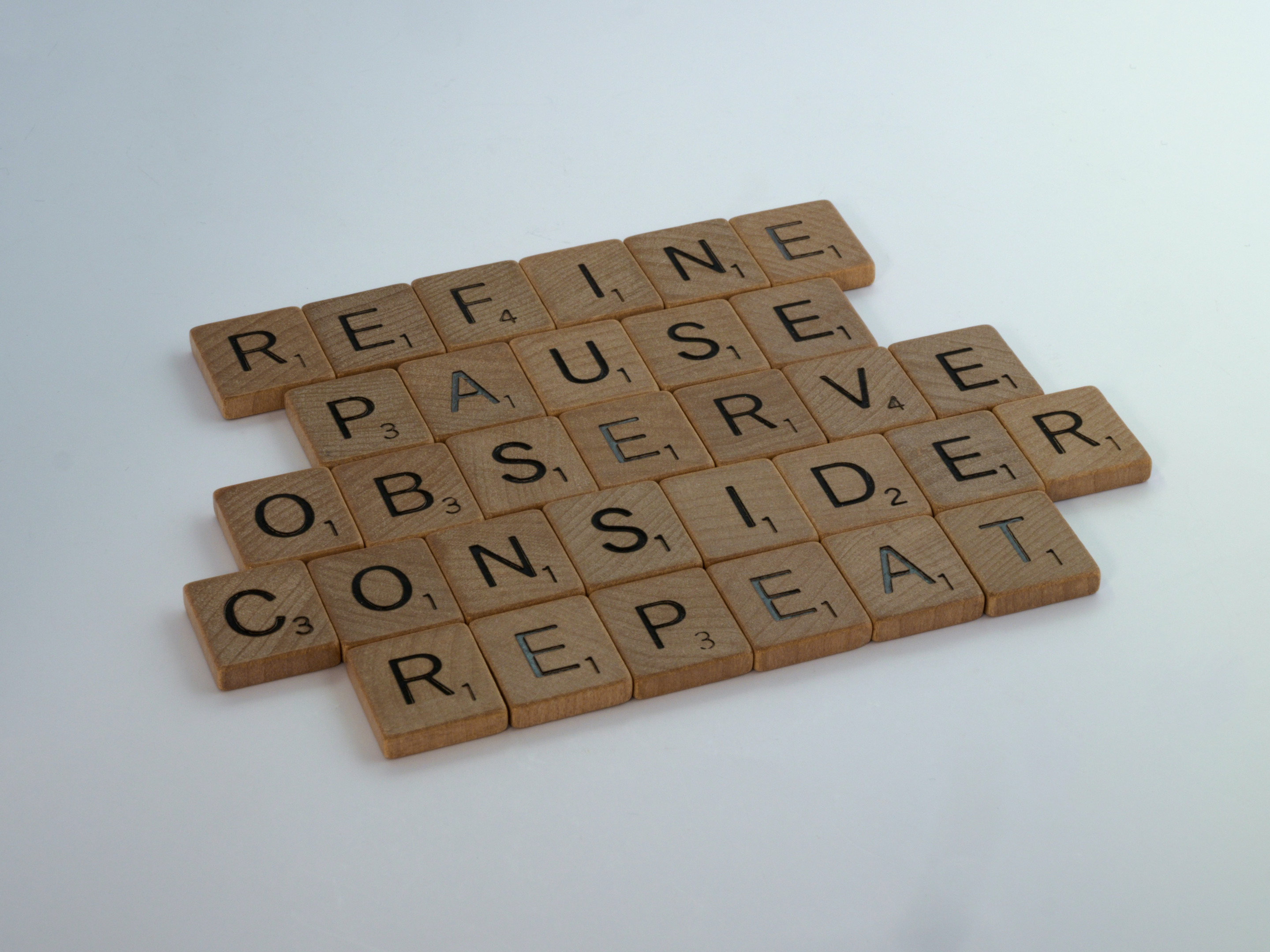
Photo by Brett Jordan on Unsplash
When adopting a vegan diet rich in fiber, individuals must be mindful of a few challenges and considerations. A sudden increase in fiber might lead to digestive discomfort, such as bloating or gas. To avoid this, one should gradually increase fiber intake and ensure adequate hydration.
Nutrient Absorption: High-fiber vegan foods are excellent for digestion, yet they can sometimes hinder the absorption of minerals like iron and calcium. Consuming vitamin C-rich foods with iron sources enhances absorption, while spreading out high-fiber meals throughout the day can mitigate this concern.
Caloric Density: Fiber-rich foods tend to be less calorie-dense, which can be a challenge for those needing a higher caloric intake. Including fiber-rich calorie-dense foods, such as avocados and nuts, can help meet caloric needs.
Balance and Variety: Ensuring a variety of foods is crucial for meeting all nutritional needs. For example, legumes and whole grains are great sources of fiber, but they should be part of a balanced diet including fruits, vegetables, and seeds.
Prebiotic Considerations: Certain fibers act as prebiotics. For optimal gut health, consuming a range of prebiotic foods is beneficial, as different gut bacteria thrive on different types of prebiotics.
Tailored to Individual Needs: Each person’s digestive system reacts differently to fiber. One should adjust their fiber intake based on personal tolerance and health goals, not exceeding daily recommendations too drastically.
Adopting a high-fiber vegan diet can provide numerous health benefits, but careful planning and awareness of these factors ensure optimal health outcomes and comfort.
Supplements and Fiber Powders for Food With the Highest Fiber Content
While whole foods are the best sources of fiber, supplements and fiber powders can be convenient alternatives. They can assist individuals in meeting their dietary fiber requirements, particularly when their intake from whole foods is insufficient.
Psyllium Husk is a widely used fiber supplement that promotes digestive health. It’s known for its ability to soften stool and has been shown to help with regularity. Products like ColonBroom Fiber Supplement Powder often contain psyllium and may support gut microbiota and blood sugar levels.
A proprietary blend of fiber and spices from Balance of Nature, referred to as Fiber & Spice, combines dietary fiber with a mixture of twelve different spices to support digestive health. The specific combination can be found in products like Fiber & Spice Powder Supplement, aimed at improving intestinal health.
For vegans looking for a plant-based fiber boost, there are many options. Inulin is a type of soluble fiber sourced from chicory root that’s available in powdered form. It’s versatile and can be added discreetly to foods and beverages due to its minimal flavor.
Fiber Supplement Main Ingredient Notable Feature Psyllium Husk Powder Psyllium Husk Helps with stool regularity Fiber & Spice Whole Fiber Blend Includes a variety of spices Inulin Powder Chicory Root Soluble fiber, minimal taste
When considering fiber supplements, it’s advised to start with a small amount to assess tolerance. Incrementally increasing intake can help avoid gastrointestinal discomfort. Always consult with a healthcare professional before introducing a new supplement into your diet.
Frequently Asked Questions on Food With the Highest Fiber
High-fiber foods play a crucial role in a vegan diet, promoting digestive health and providing essential nutrients. This section answers common queries related to fiber-rich vegan options.
What Are the Top Grains and Food With the Highest Fiber Content Suitable for a Vegan Diet?
Grains such as oats, buckwheat, and rye are exceptional choices for high-fiber vegan foods. Seeds like chia, flaxseeds, and hemp offer both fiber and beneficial omega-3 fatty acids.
Can You Recommend Some High-Protein, High-Fiber Vegan Recipes?
Preparing dishes like lentil salads, chickpea stews, or black bean tacos can provide a nutritious balance of protein and fiber. These ingredients are staples in the vegan kitchen for their nutrient density.
What Options Are Available for Vegan Fiber Supplements?
For those looking to supplement, options include products derived from plants like psyllium husk, inulin, and ground flaxseed. These can easily be added to smoothies or other meals for an extra fiber boost.
Which High-Fiber Vegan Foods Are Effective for Alleviating Constipation?
Foods rich in fiber such as prunes, figs, and berries, along with plenty of water, can help alleviate constipation. Leafy greens and whole grains can also support healthy digestion.
Could You List Some High-Fiber Indian Vegetarian Recipes?
Indian cuisine offers a multitude of high-fiber vegetarian recipes like Rajma (red kidney beans), Chana Masala (spiced chickpeas), and whole grain rotis. These dishes are not only flavorful but also fiber-rich.
How Can One Incorporate Foods with the Highest Fiber Into a Vegan Diet Without Dairy Products?
Legumes, nuts, and seeds can be easily added to meals for a fiber boost without relying on dairy. Options include almond milk yogurt with mixed seeds or a tofu and vegetable stir-fry with brown rice.
Related Articles on Food With the Highest Fiber
Follow Our Socials
Hey Green Warriors! 🌿 Ready to join the ultimate journey towards a planet-friendly lifestyle? 🌎 VeganGlobetrotter is your passport to a vibrant world of delicious plant-based delights and sustainable living. 🌱✈️ Ready to transform your life and the world around you? Follow VeganGlobetrotter on all socials and let the adventure begin! 🚀🌱


Don't miss out
when new recipes and information are added!
Join our newsletter for free recipes,
healthy living inspiration, and special offers
You have Successfully Subscribed!